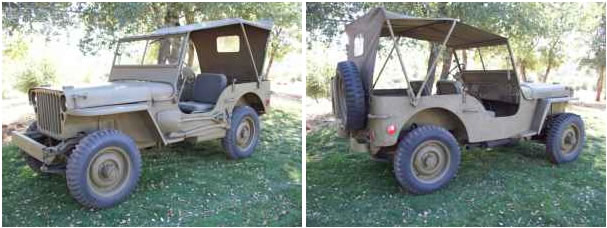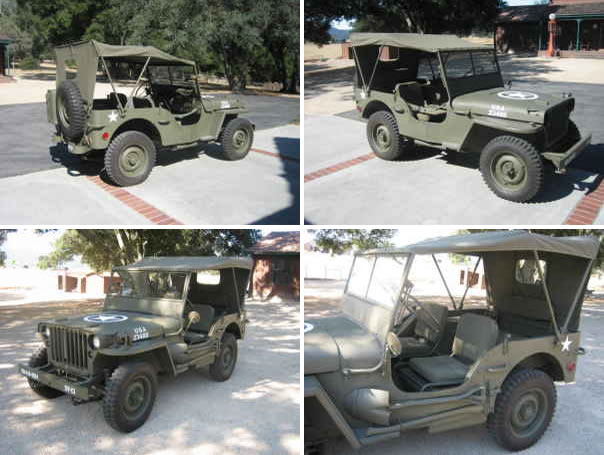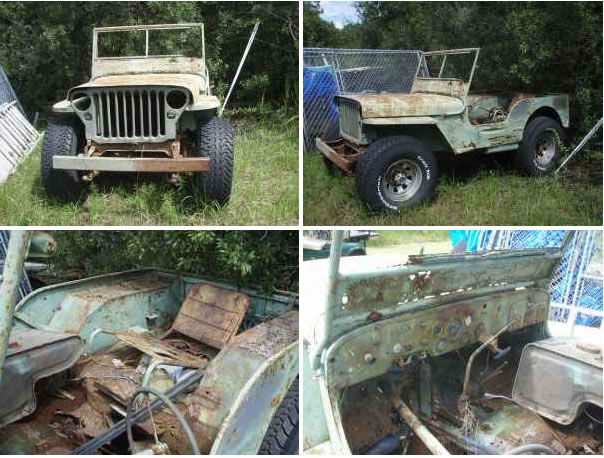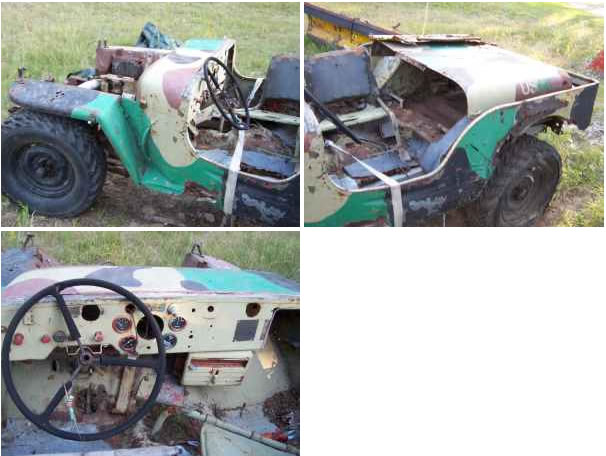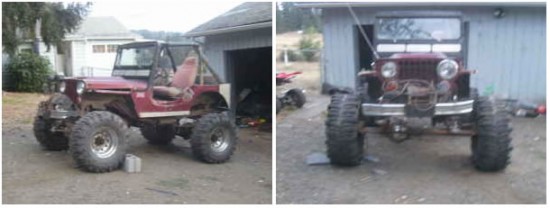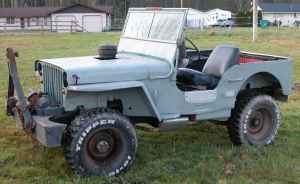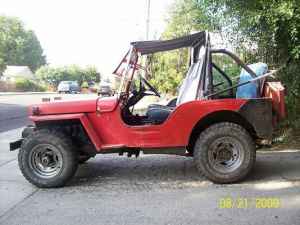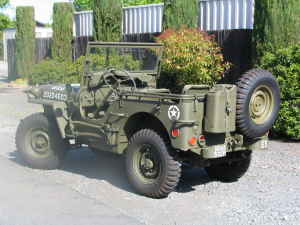UPDATE: **SOLD** Was $6700.
This is a long, but detailed post. I’ll show the links, the pics and then the description.
http://www.surfacezero.com/g503/showgallery.php?cat=2167&ppuser=622
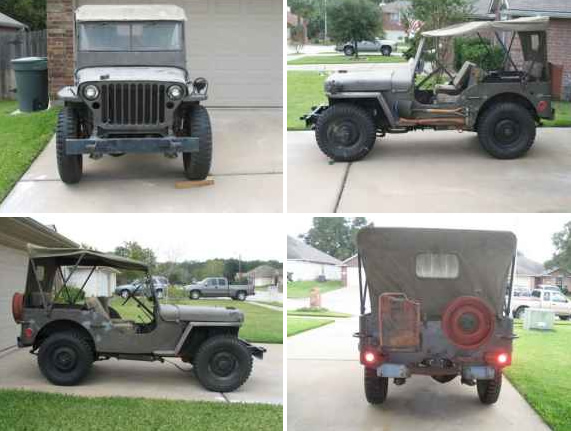
1944 Ford GPW WWII Jeep (Similar to Willys MB Jeep)
This was a west coast vehicle (I moved it to Texas this summer) and is fairly good in terms of rust and dents, but there is definitely work to be done. The worst part of the body is the fuel tank sump, which is totally missing. Also, there are the usual sections of the hat channels that will need addressing. There are dents in the rear floor and fender wells, though the steel is in good shape and could be straightened. Same with the rear panel. The chassis has the standard-issue bubba treatment on the front bumper gussets, which are attached to a makeshift front bumper. I think the lower gussets could be salvaged, but the uppers will need to be replaced. The left rear of the chassis has sustained damage and has had a brace welded onto it. The rear crossmember and pintel plate will need to be repaired or replaced.
Okay, so that’s the bad news. The good is that I’ve been collecting a whole bunch of parts over the past couple of years to bring this closer to being a correct restoration.
Among the components I’ve got are: one complete GPW engine and a spare block. The engine is serial number 259468 and the casting date is b28522 (February 28, 1945). This was a running motor when I bought it, but is currently not operating because I took off the Willys head that was on it and have only temporarily bolted on the correct Ford head to keep dirt out of the cylinders. I purchased that engine to transfer all the components over to a November 10, 1944 block, which is dead-on correct for an early December 1944 GPW. (The estimated DoD on this GPW is either December 11 or December 12, 1944. These dates are based on GPW 240211, which is a numbers-matching GPW located in Northern California with a DoD of 12-12-44 on its original data tags. The casting date on GPW 240211’s engine is November 11, 1944.) On the spare block I cleaned up the serial number pad and restamped the “GPW <->” in the correct font, leaving the number blank after that. (There is a cartouche on the manifold side, which identifies this as a replacement block.) I haven’t had the engine tested, but there are no apparent cracks. Three of the holes for the head bolt studs, however, are oversized and will either need to have special studs or be helicoiled. (These are the three studs that are located underneath the oil filter mounting bracket.)
I’ve also acquired a bunch of the peripherals for the engine, including an NOS Autolite GEG 5101 generator (April ’48, with a spare used February ’45 that has the correct SP 484A pulley); a GPW water pump and GPW thermostat housing; GPW exhaust and intake manifolds; a correctly dated 1944 fuel pump with primer handle; replacement tags for all the electrical components (generator, distributor, starter motor, voltage regulator); and the GPW head that I mentioned above.
In terms of the body, I put on all the script-marked grab handles and rear footrests (one footrest will need to have rust welded in the lower center section); original F-marked bumperettes; correct Stimsonite No. 12 reflectors in Guide A2 No.415 A bezels; a matched True Temper axe and shovel set; the correct Stewart-Warner gas and oil gauges; a correct block F amperes gauge; a correct King Seeley speedometer; a 1944 Gerry Can; five original combat rims; an ANCO Rainmaster tandem wiper set (NOS); an original F-script pintel hitch; a pair of NOS Hall grille marker lights; an NOS Corcoran Brown blackout driving light; original rifle rack; and much more. The driver’s seat is F marked, but the spare driver’s seat, passenger and rear seat are not. There is also a complete set of original cushions with steel springs and horsehair inserts.”

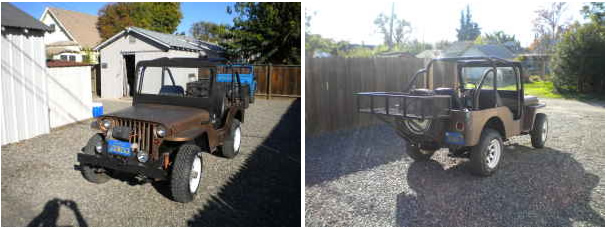
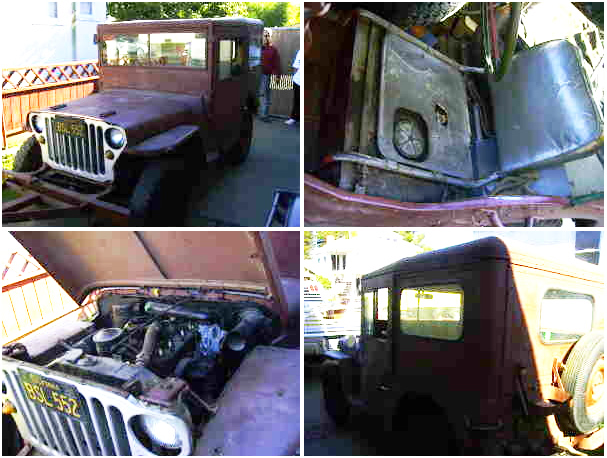
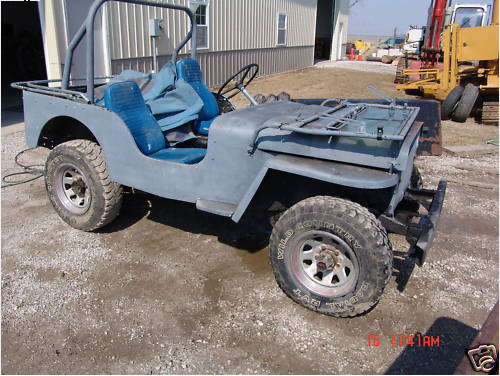
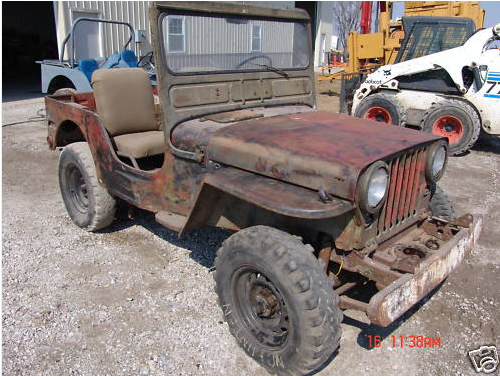
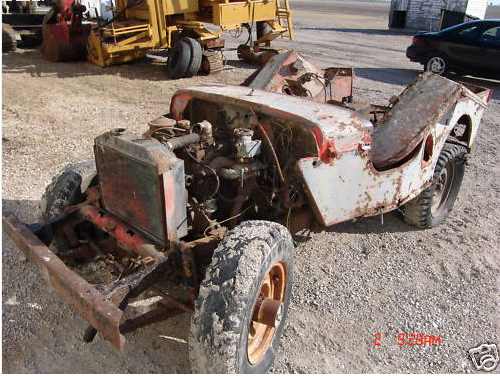
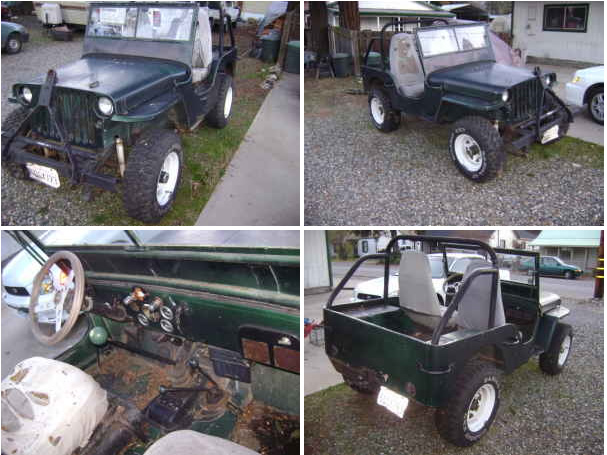






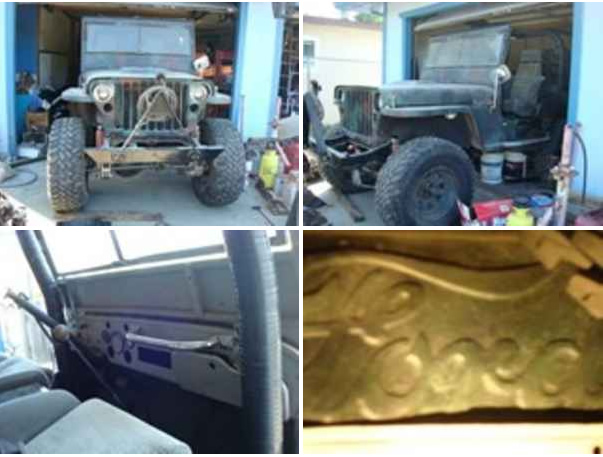
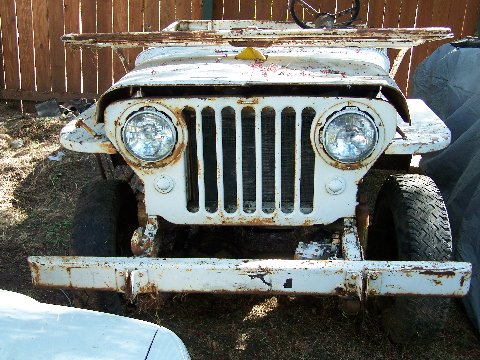
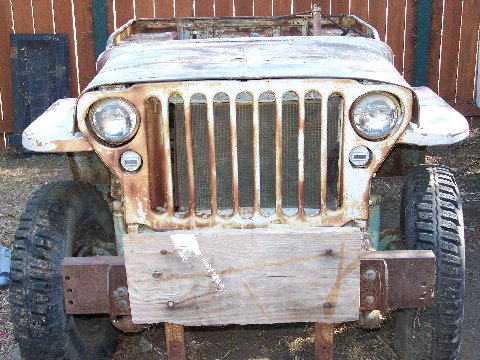
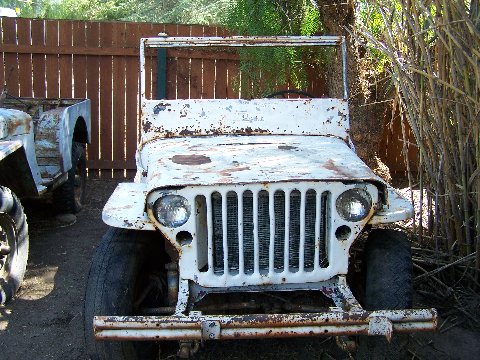
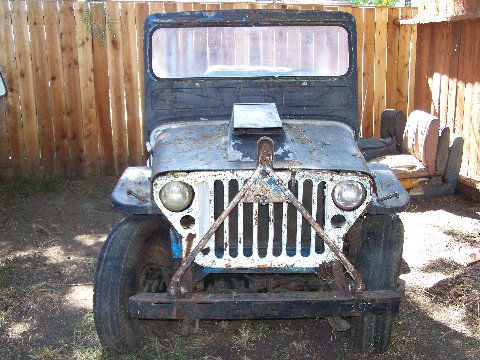
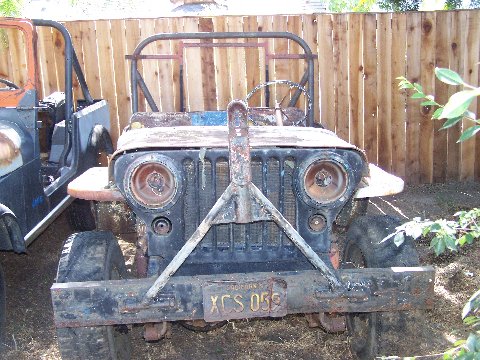
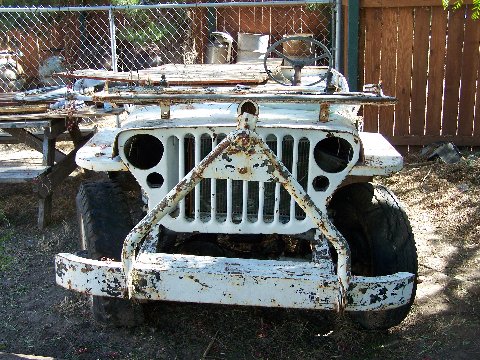
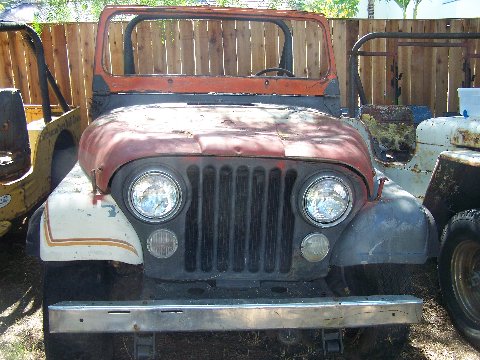
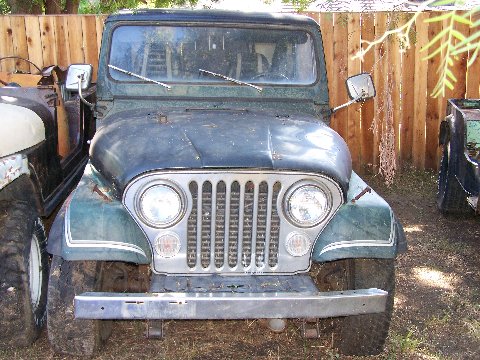
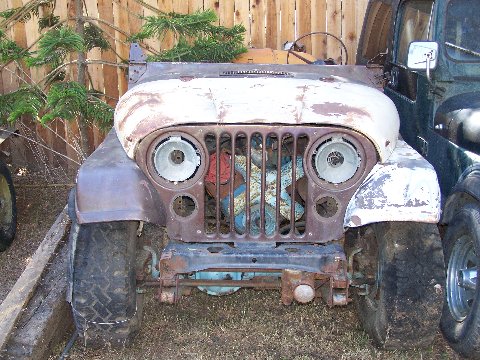
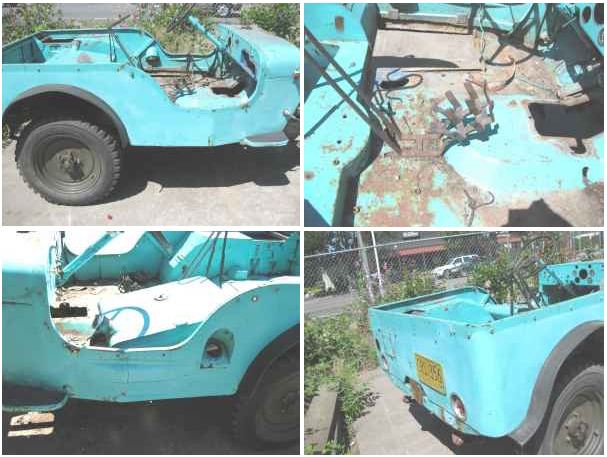
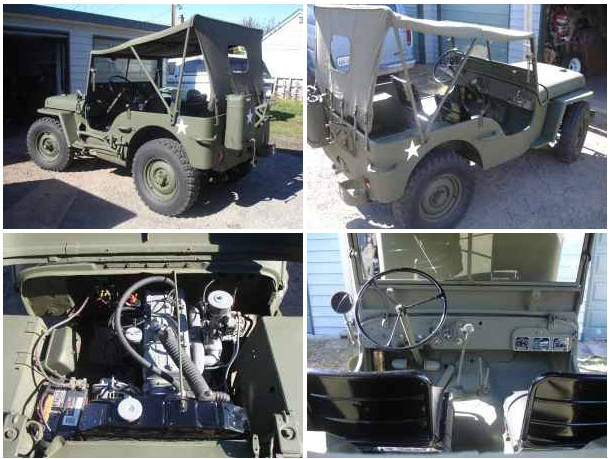
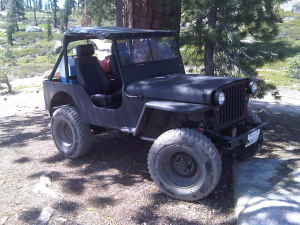

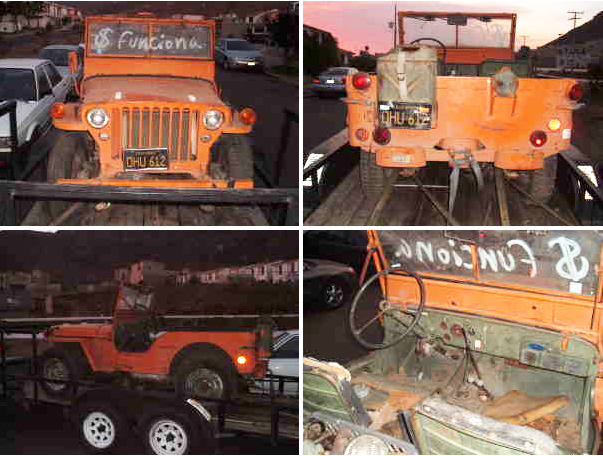
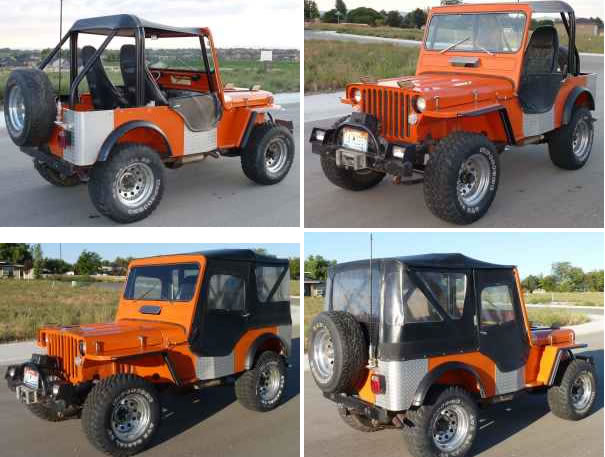
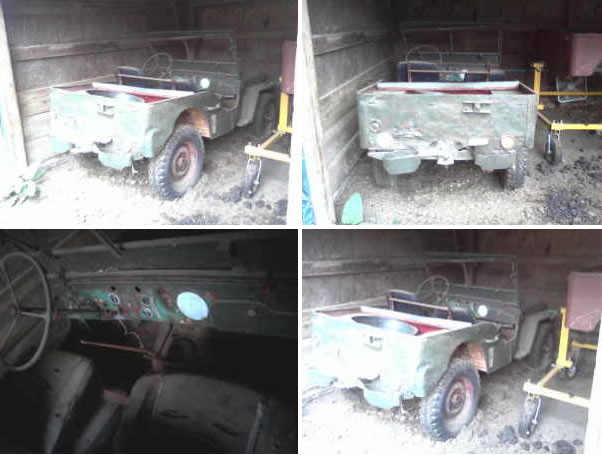
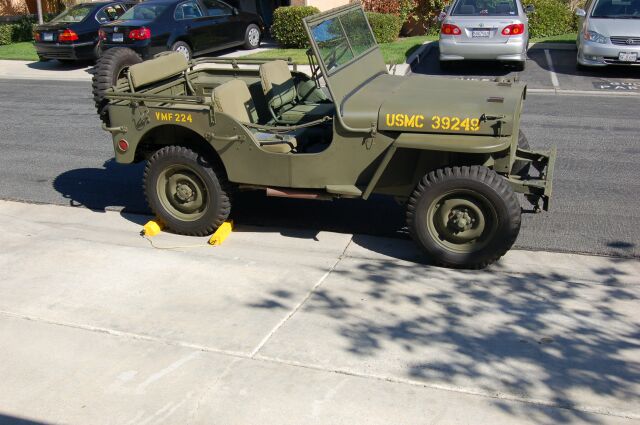
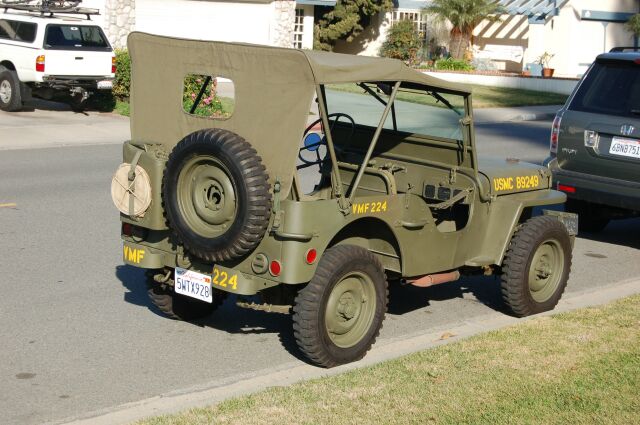
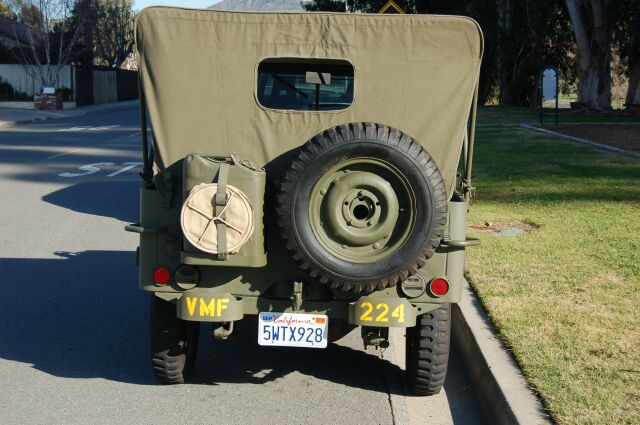
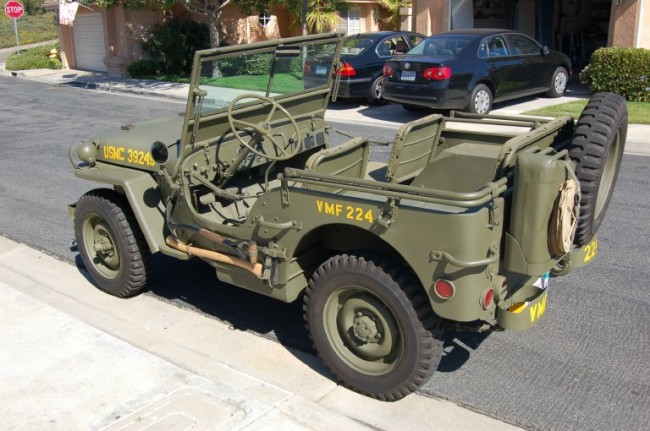
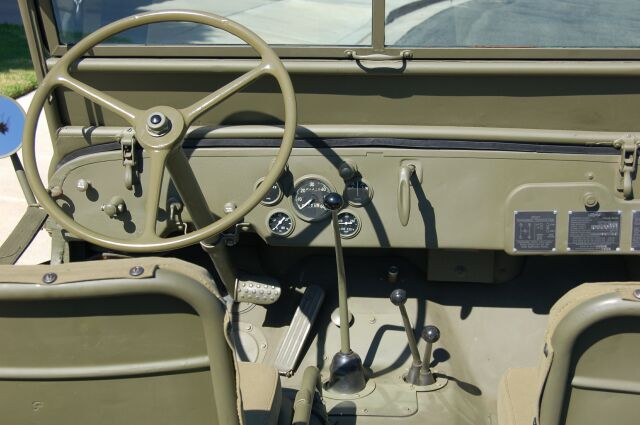
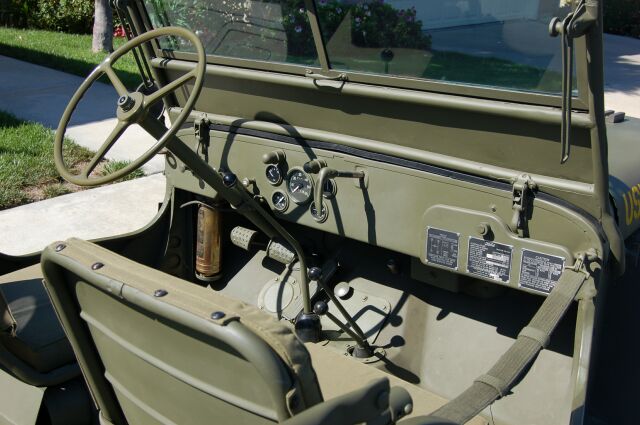
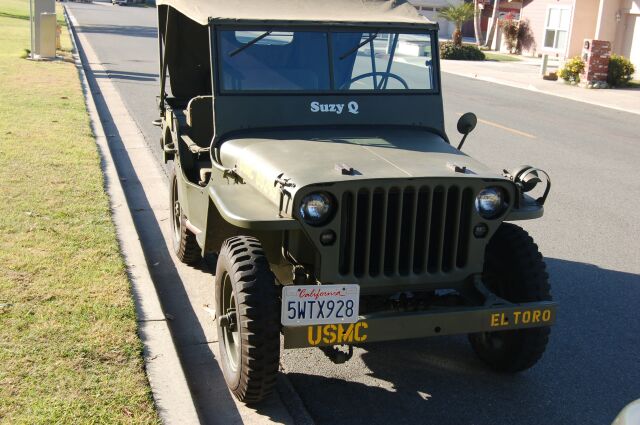
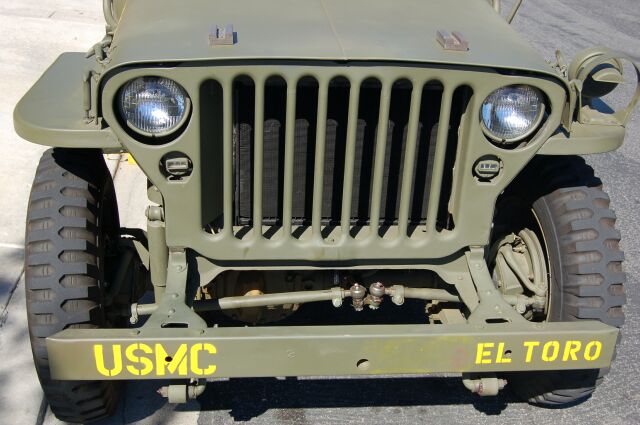
 FOR SALE: 1944 WIllys MB Runs and drives. GPW engine, T90 Transmission and Transfercase all work. Brakes are new. Lights work, Speedo, Amp gauge (12v) and Temp gauge work. Has 4 Combat rims and tires, also has sparetire and mount. Bumperettes, Pintle, Gas can and holder, Shovel and Axe and Canvas Summer top. Front seats with new canvas cushions. Body has minimal rust problems (hat channel areas). This Jeep is in “motorpool” condition, parade ready. Not 100 % correct but Close!. Needs detailing to make all original. This is a great WWII Jeep to put final touches on. The numbers are: Frame # MB378443 Hood # 20639975 Engine # 13610″UPDA
FOR SALE: 1944 WIllys MB Runs and drives. GPW engine, T90 Transmission and Transfercase all work. Brakes are new. Lights work, Speedo, Amp gauge (12v) and Temp gauge work. Has 4 Combat rims and tires, also has sparetire and mount. Bumperettes, Pintle, Gas can and holder, Shovel and Axe and Canvas Summer top. Front seats with new canvas cushions. Body has minimal rust problems (hat channel areas). This Jeep is in “motorpool” condition, parade ready. Not 100 % correct but Close!. Needs detailing to make all original. This is a great WWII Jeep to put final touches on. The numbers are: Frame # MB378443 Hood # 20639975 Engine # 13610″UPDA